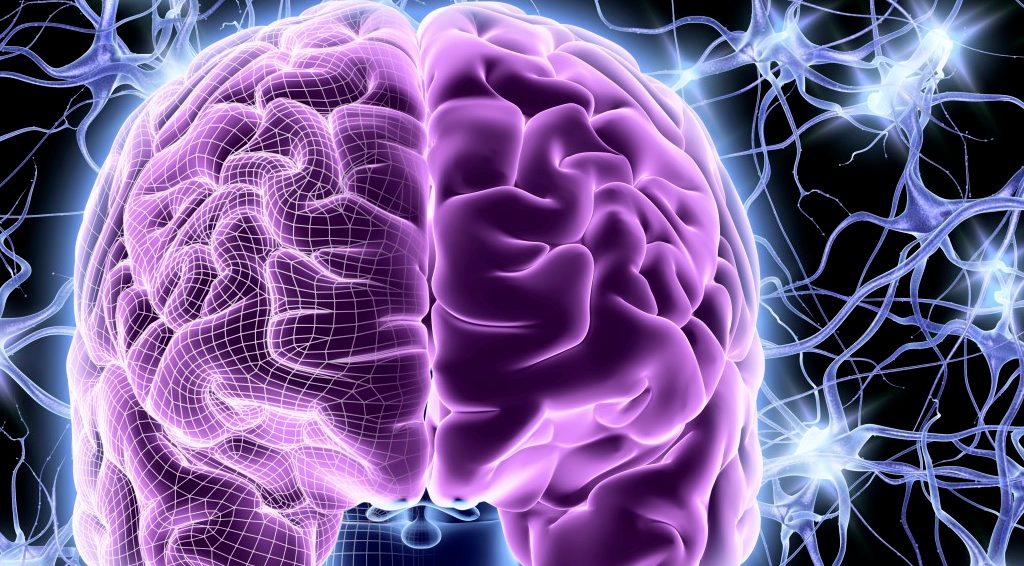Neurofeedback Therapy for ADHD

Neurofeedback therapy trains people how to change the automatic functioning of their body and may be useful to treat autism and ADHD. Here's what you should know.
Imagine being able to see a color-coded map of your brain at work. Then imagine being able to change those signals and improve your ability to focus.
While it sounds like science fiction, neurofeedback is reality for about 10 percent of all U.S. children with attention deficit hyperactivity disorder (ADHD).
YOU MIGHT ALSO LIKE: Why Movement Is Good for Hyperactive Kids
What is neurofeedback?
The key idea is that becoming aware of a biological process allows you to fine-tune it.
Some brain waves are associated with focus. Just like with other skills, you teach yourself to produce those brain waves through feedback and practice, using very advanced, and often entertaining, technology involving electrodes attached to a cap on your head.
In some formulations, you receive instant information about changes in your brain’s electrical activity. That allows you to practice changing that activity and monitor your success.
The sessions, which tend to last only a half hour, are painless. One overview of 10 studies concluded that neurofeedback did as much good as Ritalin, a standard ADHD medication, over a year.
Another option is to combine the two approaches. In a study with 100 children who took Ritalin for a year, half also received neurofeedback.
All of the children tested better on Ritalin, but only the children who trained with neurofeedback showed improved scores when they stopped taking the medication. Some of them were able to cut their medication in half.
How neurofeedback works
Patients wear an electrode-studded cap and perform a brain-taxing activity, such as reading aloud from a demanding text. The electrodes provide information that can be translated into a color-coded map your clinician will compare to standard results. In effect, the map reveals where you’re out of the norm.
When you’re training, you’ll play a demanding computer game that provides feedback. For example, if your mind wanders, the game might simply shut down. You may get prompts along the way.
What’s the downside of neurofeedback?
Proponents of the therapy say it has no known side effects, unlike most prescription drugs. You’re more likely to get insurance coverage only for medication, however.
The treatment is pricy — on average, $2,000 to $5,000 for a series. To help get insurance coverage, the International Society for Neurofeedback and Research (ISNR) has published a white paper outlining the medical evidence for neurofeedback as a treatment for ADHD, as well as a tool kit.
If you’re interested in treatment, look for a member of the ISNR who is certified by the Biofeedback Certification Institute of America.
The certification requires a written exam, more than 60 hours of training and mentoring, and other credentials. You can buy machines and try them out yourself at home, but there are no guarantees.
One adult diagnosed with ADHD working with a coach reported that “after 23 sessions of neurofeedback … the results showed that my excessive theta/beta ratio dropped more than two standard deviations closer to the norm.” (She also adopted a mindfulness practice during the same period, which may have been the source of much or all of the gain.)
You might ask yourself whether your child is old enough and has the right kind of personality to get excited about the technology and concept of measurable results. That excitement will make all the difference.
Updated:
May 26, 2023
Reviewed By:
Christopher Nystuen, MD, MBA and Janet O'Dell, RN